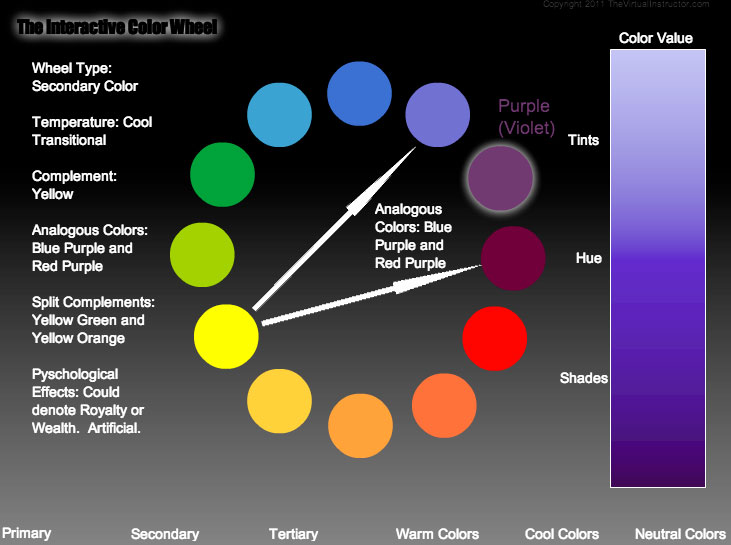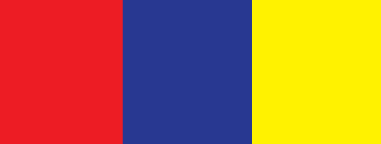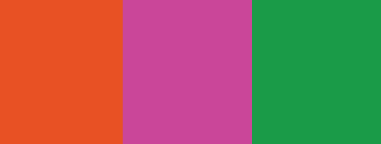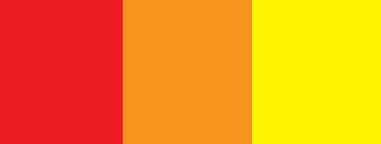Complementary Colors in Art Primary Colors Definition in Art
Color is the element of art that refers to reflected light. Color theory is divers every bit a theory considering it cannot be proved. Theories are more often than not accepted, despite the fact that they cannot exist proven. Laws are accepted because they can be proven.
In that location are volumes and volumes of information available about color. This page, while thorough, volition present colour theory in an "like shooting fish in a barrel to empathize" mode. It is an exciting, e'er-irresolute science. Colour has an bear upon over how we feel about objects, how we acquit, and how our bodies react to circumstances.
What is color theory?
If color theory is simplified, information technology tin can exist cleaved down into three parts- The color bike, color value, and color schemes. Each function of colour theory builds on the previous. Understanding each section of color theory fully, will help you better understand its importance in the cosmos of art.
Colour Theory Role ane - The Color Wheel
The color bicycle was developed past Sir Isaac Newton by taking the color spectrum and bending it into a circle. If you follow around the color wheel, you will notice the same order of the color spectrum- cherry-red, orange, yellow, dark-green, blue, indigo(blueish-violet), and violet. Some retrieve information technology past the acronym ROY G. BIV.
The color wheel is made upward of three dissimilar types of colors - Primary, Secondary, and Tertiary.
The master colors are cherry, yellowish, and blueish. They are called primary for a couple of reasons. First, no two colors can exist mixed to create a master color. In other words, primary colors can only be created through the use of natural pigments. Secondly, all other colors found on the color bicycle can exist created past mixing primary colors together.
The secondary colors are orange, light-green, and purple. Secondary colors are created by mixing equal parts of any two primary colors. Yellow and blueish volition requite you lot green. Cherry and blue will create purple(violet). Red and yellow will give y'all orange.
Tertiary colors are created by mixing equal parts of a secondary color and a primary color together. In that location are six tertiary colors- reddish-royal, red-orange, blue-light-green, yellowish-light-green, blue-majestic, and yellow-orange. Notice that the proper fashion to refer to tertiary colors is past listing the primary color first and the secondary color, second.
Click on the image below to check out The Interactive Color Wheel...

Color Theory Part 2 - Colour Values
The 2d role of color theory deals with color values. Value is the darkness or lightness of a color. When dealing with pure color (hue), value can be afflicted by adding white or black to a color. Adding white to a color produces a tint...

Adding black to a color produces a shade...

When grays are added to the color, the intensity of the colour is affected. Intensity is related to value.
Color Theory Part 3 - Color Schemes
Colour schemes are ways colors are put together in an intelligent mode
- Monochromatic - literally ways ane (mono) color (chroma). So a monochromatic
color scheme is made up of ane color and it's shades and tints.
- Analogous colors - are colors that are side by side to each other on the color bike.
When used as a color scheme, analogous colors can be dramatic. Ex. Blue, blue-green, green, and xanthous-green; scarlet, cherry-regal, royal, blue-purple
- Complementary colors - are colors found direct across from each other on the color wheel. Complementary color scheme provide strong contrast. Ex. Blue and orange, ruddy and green, yellowish-light-green and cherry-purple.

- Colour triads - consist of iii colors found on the colour bicycle that are equally spaced apart from each other. Ex. Ruddy, blue and yellow or orangish, dark-green and purple.

- Dissever complementary - color schemes are made up of a colour and it's complements closest analogous colors. Ex Bluish, xanthous-orange and red-orangish. Red-orange, cherry-purple, green.

- Warm colors - colors that are usually associated with warm things. Ex. Red, yellowish, orange.

- Cool colors - colors that are normally associated with cool things. Ex. Blue, regal, green

Color Theory Terms and Definitions
- Colour - Element of art derived from reflected calorie-free. We see color because low-cal waves are reflected from objects to your eyes.
- Color wheel - color spectrum bent into a circle.
- Primary colors - The most basic colors on the color wheel, cherry-red, yellow and blue. These colors cannot be fabricated by mixing.
- Secondary colors - colors that are made by mixing two primary colors together. Orange, green and violet (regal).
- Tertiary colors - colors that are fabricated by mixing a chief color with a secondary colour.
- Hue - the name of the colour.
- Intensity - the brightness or dullness of a color. DO NOT CONFUSE WITH VALUE.
- Color value - the darkness or lightness of a color. Ex pink is a tint of red.
- Tints - are created by adding white to a color.
- Shades - are created by adding blackness to a color.
- Optical color - color that people actually perceive- likewise called local color.
- Capricious color - colors called past the artist to express feelings or mood.
Source: https://thevirtualinstructor.com/Color.html
0 Response to "Complementary Colors in Art Primary Colors Definition in Art"
Post a Comment